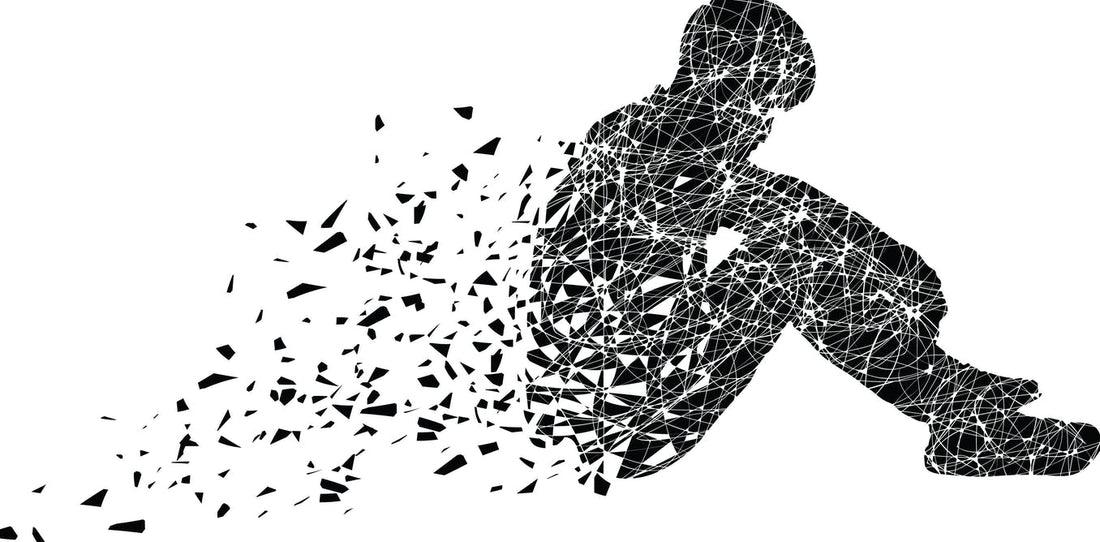Key Takeaways
· Red light therapy can help improve mood, sleep quality, and energy for those with depression and seasonal affective disorder.
· Regular sessions boost serotonin and melatonin, key hormones for emotional balance and rest.
· Infrared sauna health benefits include enhanced blood flow, better tissue oxygenation, and support for wellness routines.
· At-home options, including a luxury home sauna or dedicated red light sauna, offer privacy and consistency for therapy.
· Experiencing red light therapy’s benefits can complement medical management and support long-term mental health.
Every year, approximately 17.3 million Americans (7.1 percent of the population) struggle with major depressive disorder.
Have you been diagnosed with depression? Are you looking for a more natural way to manage it? If so, red light therapy may be an effective solution.
If you’ve never heard of red light therapy, or if you’re just confused about how it helps with depression and other mood disorders, keep reading. Outlined below are key facts that everyone should know about red light sauna therapy and depression.
What Is Depression?
Depression is a mental health disorder. It’s most commonly characterized by a persistent depressed mood or a loss of interest in activities one once enjoyed.
Other common symptoms include changes in sleep patterns, appetite, energy, trouble concentrating, headaches, chronic pain, and thoughts of self-harm.
Researchers aren’t sure exactly what causes depression, but most agree that it results from external and internal factors, often involving neurotransmitter imbalances, especially serotonin.
What Is Red Light Therapy?
Red light therapy (RLT) (also known as photo biomodulation) is a unique treatment modality most commonly used for skin conditions like eczema, scars, wrinkles, and other signs of aging. In recent years, researchers have discovered that it may also help with mood disorders.
Red light therapy uses red, low-level light wavelengths that penetrate the skin and strengthen mitochondria responsible for generating ATP, the body’s energy source.
For home users seeking privacy and regularity, explore a premium red light sauna.
Benefits of Red Light Therapy for Depression
It might seem strange that a skin treatment could impact brain chemistry and mental health.
In reality, infrared sauna health benefits and direct light exposure can support mood and reduce depression symptoms:
Learn more about the science behind mood improvement in our blog: How Red Light Therapy Can Support Mental Health and Depression
Improved Blood Flow to the Brain
Red light therapy devices stimulate blood flow to targeted areas—and can improve cerebral blood flow. Some experts believe that depression stems, in part, from poor blood flow and oxygenation in the brain. Increased circulation means better oxygen and nutrient supply as well as improved tissue function.
Improved Sleep
Sleep disturbance is common in depression and can make symptoms worse. Exposure to red or near-infrared light can adjust the sleep cycle, support circadian rhythm and increase melatonin for deeper rest.
Explore circadian benefits and sleep cycles with seasonal affective disorder: Red Light Therapy for Seasonal Depression: Resetting Your Sleep-Wake Cycle
Increased Serotonin Levels
Serotonin is a neurotransmitter controlling mood, pain, and more. Many people with depression have low serotonin levels. Red light therapy boosts serotonin and decreases cortisol (a stress hormone) without the side effects found with some antidepressants.
Does Red Light Therapy Help with Seasonal Depression?
Many people with seasonal affective disorder (SAD) find support from red light sauna treatments. Therapy helps reset sleep cycles and strengthens circadian rhythms, leading to improved alertness and easier sleep.
For broader home wellness, a luxury home sauna can combine red light and traditional sauna sessions.
Red Light Therapy for Anxiety
Not just for depression, red light can also support those living with anxiety disorders. Increased serotonin availability is beneficial for anxiety sufferers, and therapy can work similarly to some pharmaceutical treatments in correcting chemical brain imbalances.
Integrating consistent sessions with a home sauna wellness routine can maximize mental and physical benefits.
Red light therapy appears to do just as good of a job, according to research, as antidepressants when it comes to increasing serotonin availability and correcting chemical imbalances in the brain. Reach out today and find out more from our experts.
FAQ
Can red light sauna therapy help treat depression and anxiety?
Many people have found that consistent use improves mood, boosts serotonin, and supports emotional wellbeing.
Is red light therapy suitable for home sauna wellness routines?
Yes. A red light sauna or device installed in your luxury home sauna delivers consistent at-home results.
How quickly do mood improvements show after starting therapy?
Some patients report better sleep and mood within days or weeks, but optimal results take consistent use.
Are there side effects to red light therapy for depression?
Most research shows it is safe and noninvasive. For personalized advice, consult your healthcare provider.
Can I combine red light therapy with other wellness practices?
Yes, regular use can be part of a broader home sauna wellness routine and may complement exercise or meditation.
Red light therapy appears to do just as good of a job, according to some studies, as antidepressants when it comes to increasing serotonin availability and correcting chemical imbalances in the brain. Reach out today and find out more from our sauna experts.






